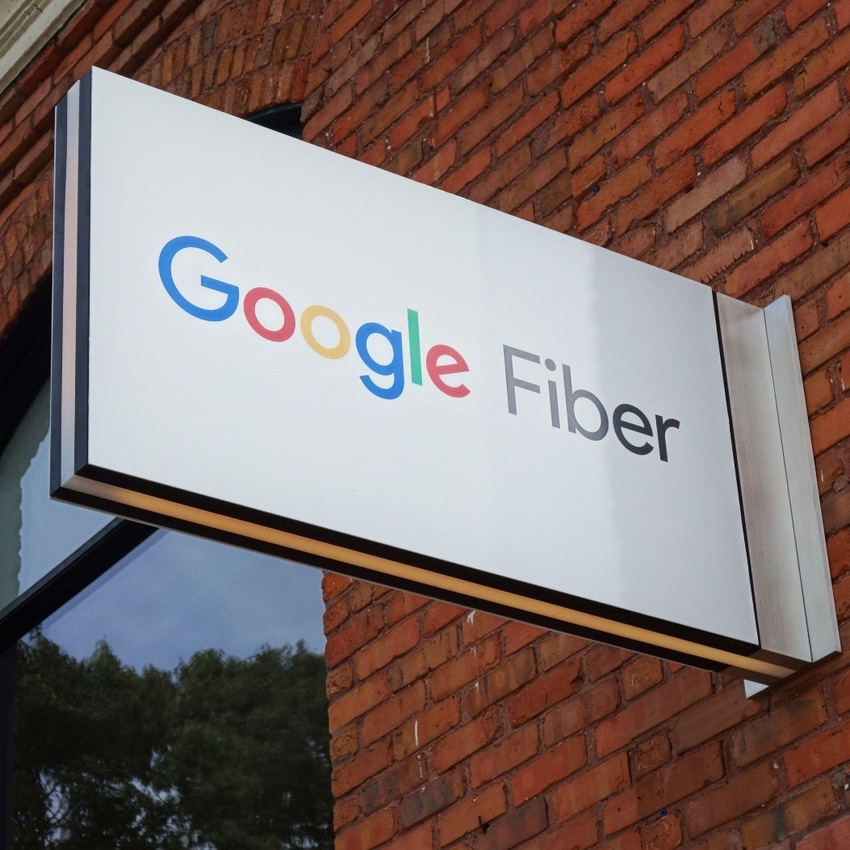Webpass to play role in Google Fiber's new expansion efforts
'The only tangible difference between fiber optic and millimeter wave technology is that while one uses glass cables to transmit Internet nearly at the speed of light, the other uses air,' according to Google Fiber.

After several years of hibernation – and plenty of fears that the operation had mostly failed – Google Fiber re-emerged into the telecom conversation this year with plans to expand services in a number of states.
And the company announced this week that wireless technologies will play a role in that effort.
"As we continue to grow our footprint across the country, we're integrating this [wireless] method for delivering high-speed service in more areas where it makes sense in all our existing cities and in our new expansion areas as well," Tom Brownlow, senior network operations manager at Google Fiber, and Blake Drager, the head of technology at Google Fiber's Webpass business, wrote in a post to the company's website.
Google parent Alphabet acquired Webpass in 2016, at the height of its Google Fiber push. At the time, many in the industry expected the company to leverage Webpass's fixed wireless Internet technology to expand the reach of its Google Fiber service. However, that didn't really play out, considering Alphabet's management decided to scale back the company's fiber-buildout efforts shortly after the company acquired Webpass. The company's fiber pullback coincided with the departure of Craig Barratt, CEO of Alphabet's Access, along with several other executives in the company's "Access" division.
Figure 1:  (Source: Zoonar GmbH/Alamy Stock Photo)
(Source: Zoonar GmbH/Alamy Stock Photo)
But Alphabet never gave up on either Google Fiber or Webpass. Indeed, company officials in 2019 told Light Reading that Webpass and its wireless offerings would remain a key part of the operation.
Indeed, Brownlow and Drager shared a view this week that wireless technologies are comparable to fiber. "The only tangible difference between fiber optic and millimeter wave technology is that while one uses glass cables to transmit Internet nearly at the speed of light, the other uses air," they argued.
Google Fiber recently announced talks were underway with city leaders in five states – Arizona, Colorado, Nebraska, Nevada and Idaho – about expanding fiber services to various communities. Cities to make Google Fiber's new-build list recently include Omaha, Nebraska, Mesa, Arizona and Lakewood, Colorado. Brownlow and Drager didn't specify which of those expansion markets might include wireless offerings.
Google Fiber's emphasis on wireless technologies comes at an interesting time. For example, Starry employs roughly the same strategy as Webpass: It uses millimeter wave spectrum to beam Internet connections to receivers atop apartment buildings; individual customers then subscribe to services via wires inside the building. But Starry has clearly fallen on hard times. The company halted its network buildout earlier this year, laid off half of its staff, and is now fighting a possible delisting on the New York Stock Exchange (NYSE).
More broadly though, federal and state regulators are emphasizing fiber over wireless in their efforts to cross the digital divide. For example, fiber technology has been prioritized in the US government's massive Broadband Equity, Access, and Deployment (BEAD) program.
And that has caused consternation among some wireless companies. For example, a group of wireless industry trade associations this week sent letters to state telecom officials urging them to consider wireless technologies in their BEAD spending.
"The reality is that wireless is oftentimes the fastest, most efficient, and most cost-effective way to bring connectivity to rural and non-urban areas," Steve Berry of the Competitive Carriers Association (CCA) said in a release.
Related posts:
— Mike Dano, Editorial Director, 5G & Mobile Strategies, Light Reading | @mikeddano
About the Author(s)
You May Also Like











